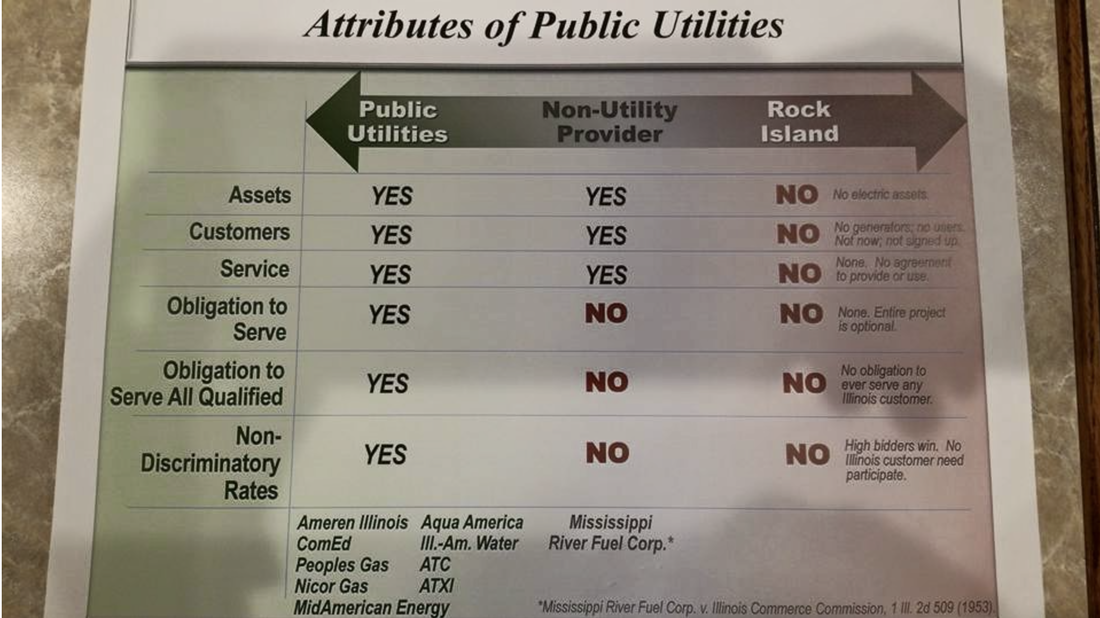Hundreds packed a public open house convened by FirstEnergy Monday night to reveal plans for the Northern Portage Reliability Project.
The big room at Christ Community Chapel was built to hold 350 and it was so packed that people were turned away within the first half-hour of what was to be a two-hour event.
As the open house began at 6 p.m., traffic was backed up for almost half a mile between the chapel just off Ohio 306 and Ohio 82 to the south.
FirstEnergy employees, contractors and consultants staffed themed tables around the periphery of the room. They included stations entitled Engineering & Construction, Vegetation Management, Environmental, Real Estate and Route Selection. The company created a large centerpiece with big photos on easels showing various points where the company wants to put in power lines. The event was designed for people to circulate, but the crowd made navigation around the room difficult. Some attendees complained that there was no public give-and-take between the company and residents as one might have at a town-hall style event.
And why should they, when FirstEnergy is clearly making crap up as they go along. Why else would there be two different takes on burial costs?
According to FirstEnergy, the cost to run the lines underground along the rail corridor would be three to seven times more expensive than using utility poles.
First Energy has said the underground scenario could create a 10-fold increase in the cost of the project and the above-ground rerouting would be longer that the former rail line, and would send the lines over roadways and home owners’ yards.
Jennifer Young, a spokeswoman for the company, said the lines will be carried by 60-foot wood poles and those might be reduced to 45 footers, making them lower than nearby trees.
I wonder who the genius was who came up with this idea:
Beach said FirstEnergy measures the viability of various routes by their potential impact on property owners. The western route could affect 111 homeowners (although the company would need right-of-way access from about half that number), and the eastern route could affect up to 177 homeowners with right-of-way access from half that number. He also said many of those properties would have utility poles going up in the front of their properties.
“We have the opportunity to build this and maintain it in the right-of-way with one parcel that’s 100 feet wide for the most part,” said Beach.
Aurora Mayor Ann Womer Benjamin takes on FirstEnergy's lies in this video. This lovely lady seems knowledgeable, calm, and entrenched to resist. And there's no more formidable opponent than a determined lady of a certain age, is there, FirstEnergy? You might as well just give up now and cut your losses.



 RSS Feed
RSS Feed